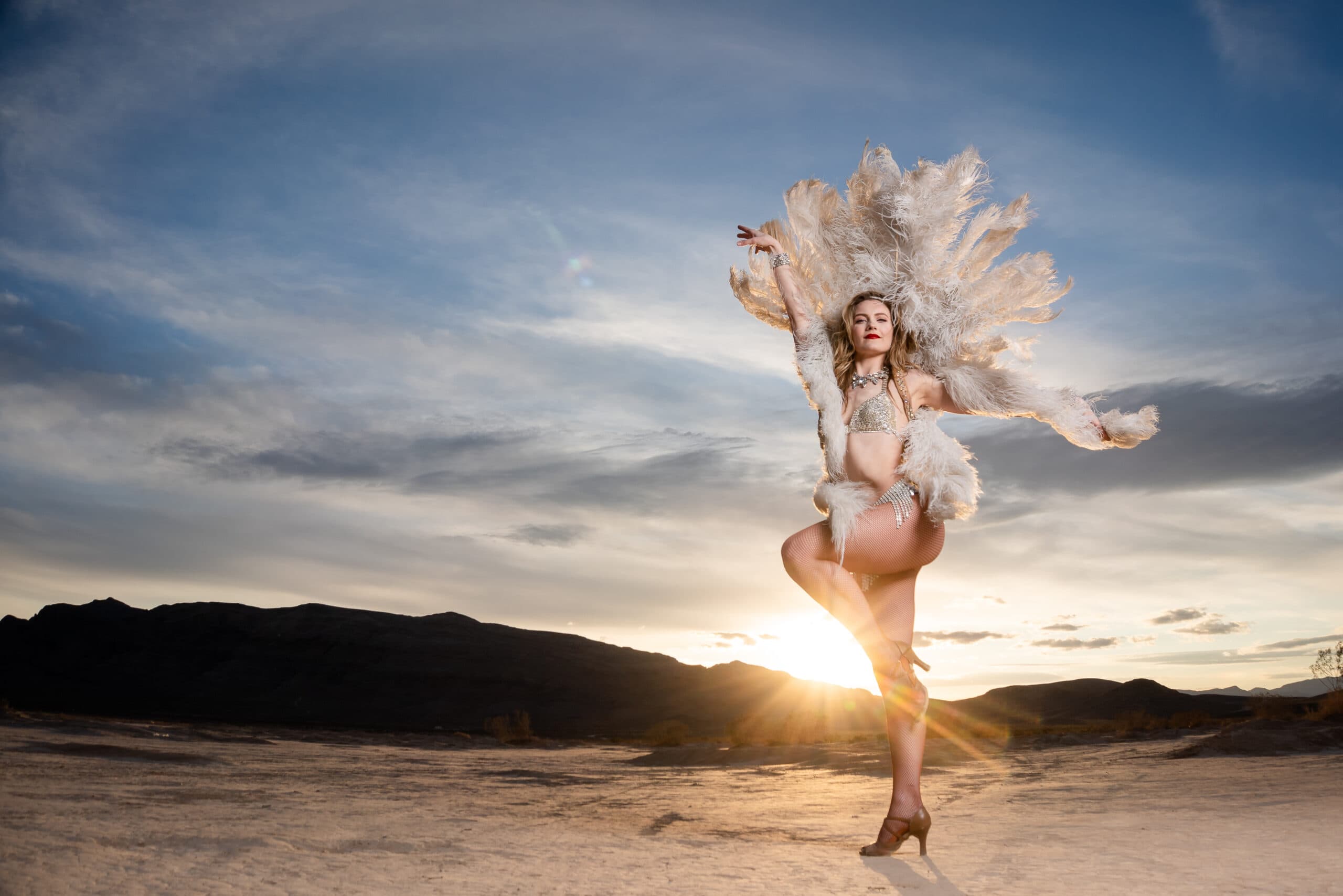Among artists, there’s a rarely discussed issue that affects even the most skilled creators – “creativity numbness,” similar to writer’s block for photographers.
In the ever-evolving world of photography, there are moments when inspiration seems to flee even the most passionate of us. We’ve all been down that winding road where the camera felt like a foreign object in our hands, and every click of the shutter sounded hollow. It’s a place where the creative well runs dry, and the familiar landscapes appear boring. The colors lose their vibrancy, and the composition loses its magic. It’s like being trapped in a never-ending loop of uninspired shots. The world may still be filled with beautiful scenes, but we, the photographers, have somehow lost the ability to see them through the lens of creativity.
It’s a numbness that can be frustrating and disheartening, but it’s also a reminder that in this art form, even the most passionate souls sometimes need to step back, recharge, and find new ways to rekindle the flame of imagination
“Creative numbness is being surrounded by photography day in, day out, 24/7, which makes me not think creatively. It freezes my brain,” says Scott Wyden Kivowitz, Imagen’s community manager and professional photographer.
Moments that once ignited a photographer’s spirit might now feel monotonous, distressing both professionals and enthusiasts alike. Photography isn’t just about visuals; it’s about emotions, stories, and precious moments.
Why Does it Happen?
Repetitiveness is a key factor, with photographers frequently capturing the same shots. Keren Shem-Tov, an authentic marketing photographer, notes, “Even during special occasions when I bring my camera, not for work, I might take photos, but at the end of the day, month, or year, I don’t do anything with them.” (i.e. edit, develop, share).
Another reason for this numbness is that in the age of social media, the pressure to conform can intensify the problem, as the desire for likes and shares may lead photographers to imitate popular trends, stifling their distinctive voices and impeding their creativity. This lack of originality can make photographers feel uninspired, and they may resort to taking uninspired photographs just to get likes and shares. This can create a sense of emotional detachment from them and their work, further contributing to the numbness.
Lastly, personal challenges, whether related to mental well-being, health, or life changes, can cloud the photographer’s vision. This is a perspective that Keren also acknowledges. She adds: “When I’m abroad, I don’t take pictures anymore, not even with my phone. The camera distracts me from being fully present with people. Plus, it’s too bulky to carry around.” These challenges, both personal and technological, can significantly impact a photographer’s creative process and approach to their craft
How to Break the Shackles of Creative Numbness in Photography?

“Creative inspiration often comes from unexpected moments and experiences. It’s when I let go of the pressure and enjoy photography for what it is, a form of self-expression,” Scott said.
To tackle this issue, we gathered some ideas from our community and fellow photographers:
- Embrace New Techniques: Dive into a new photography technique you’ve never tried. Experiment with macro photography, long exposure, infrared, or vintage film cameras. The unfamiliarity can reignite the excitement of discovery.“Playing with film photography helps me ignite my creativity. It costs about £1 per photo using film, and you, of course, cannot see how the photo will look so you really have to be conscious with every photo and composition. This is a totally different mindset to my client shoots where I want to ensure I don’t miss every moment and on my phone, which makes it too easy to take a snap at everything you see”, shares Zoe Goldsmith, a London-based photographer.
- Physical Displacement: Sometimes, all you need is a change of scenery. Even visiting a local park in a different neighborhood or attending community events can offer fresh perspectives. Scott, for example, tries to plan at least one yearly photography trip with a group of his photographer friends. They search for one part of the USA where few or none of them have been. Then, they spend a few days at that location exploring and taking photos. Photos, which are for them and their creativity.
- Socialize: “Finding inspiration often requires exposure to new creative ideas. Attending workshops, interacting with fellow photographers, and immersing oneself in creative communities have been instrumental in overcoming creative blocks,” advises Scott. Also, working with other creators, be they photographers, writers, or painters, can introduce new angles of vision. Collaborative projects force one to merge different creative temperaments, leading to unexpected results. Additionally, explore non-photographic hobbies like painting, reading, or cooking. These activities provide mental relaxation and can unexpectedly spark a fresh perspective on photography.
- Utilize New Technologies: Fortunately, we now live in an era where technology can surely help upgrade our lives. By embracing new technologies that streamline your business workflow, you can free up the time to rediscover, focus, and evolve your creativity and make sure you concentrate on finding your niche and your unique identity. A tool that can be really helpful here is Imagen, a workflow optimizer that works with Lightroom Classic. The tool slashes editing time by 96%, guarantees consistent edits, and offers seamless cloud backup during editing and photo culling processes.
- Limit the Gear: Even the physical and emotional weight of the equipment (value of equipment) can add to this strain. Limitations can force you to see things differently and think outside the box, just like Zoe shares: “I used to bring specific props for my newborn photoshoots and a beanbag for the baby to lie on when I take their individual photos. Now, I just bring my camera and lenses. I have found that I am more creative when thrown into a situation and have to make do with what is already in the environment rather than having a specific routine each time”.
Scott shares a similar tone when he speaks about his work. “My truck used to be packed tightly with lights, stands, modifiers, extra cameras, and lenses. Now, I pack minimally. I find that relying on the bare minimum expands my creativity. It makes me think outside the box and adjust accordingly. Rather than simply grabbing yet another piece of gear.”
The Path Forward

Photographers must acknowledge that creativity numbness is not a sign of failure but a natural phase in the ever-evolving journey of a creator. This numbness can happen in any profession, not just photography. Understanding and accepting this can help ease the pressure.
Embracing change, seeking continual growth, and being gentle with oneself can steer photographers out of the fog of numbness and back into the vibrant world of creative expression.
To recap, consider the following to break yourself from the chains of creative roadblocks:
- Embrace new techniques
- Try new locations
- Get social with your work
- Limit or change the gear you’re using
Scott offers another tip for those truly stuck in a rut with no way out. “My favorite thing to do when I have no place to turn in this creative mindset is to go on what I call a 3-mile photowalk. Pick up 1 camera and 1 lens. It does not matter what lens it is. Just don’t let it be your phone. Keep the camera on and the lens cap off. No extra memory cards, no extra batteries. Now, exit your home and decide on a direction to walk. Walk for 1.5 miles in that direction. Keeping your camera at the ready, search for beautiful things you may not typically see on a walk or while driving passed the same location. Don’t worry about how many photos you add to that memory card. Just focus on what’s right in front of you and how you can capture its beauty. Once you reach that 1.5 marker, turn around and do the same as you make your way back home. Tomorrow, do it again but walk in another direction. Clear your mind with this fun exercise”.
So treat yourself graciously, toss away the blame, and know it’s super OK to take a break from your camera on a road trip, a cruise, or a quick weekend away. Let the camera stay at home and simply enjoy the moment.


